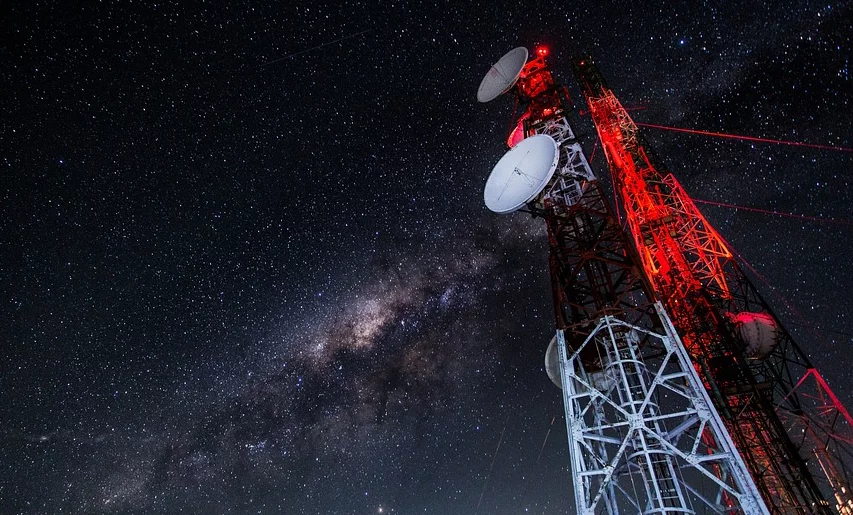A couple of days ago, Airtel said that the subscribers of Tata Teleservices started transitioning to Airtel network under Intra Circle Roaming (ICR) agreement. A new report now says that the telecom regulator Trai is looking to raise objections on Airtel automatically moving the subscribers to its network.

A report from TOI cites that the ICR procedure violates its regulations, calling it a direct-transfer route. "Customers are not the captive property of any company. They cannot be automatically shifted," a top official with Trai told TOI when the publication asked about the move by Airtel.
However, the official requested anonymity. He further added, "customers have a right to choose an operator of their choice." If a company decides to merge/shut down the operations, the customers are free to move out of the network using the Mobile Number Portability (MNP) method, which Trai implemented in 2010.
In the past or to be precise in 2014, Airtel tried acquiring the customer base of Loop Telecom in Mumbai through the same ICR method. However, the merger didn't go through as it didn't receive necessary approvals on time. Airtel tried to acquire Loop Mobile for Rs 700 crore in 2014.
Also, TOI approached an Airtel spokesperson who said as follows: "This is a standard ICR arrangement under which Tata Teleservices customers get access to the Airtel network. They continue to be Tata Teleservices customers enjoying the services being provided by Tata Teleservices. In no way does it curtail the choice of customers as they are free to shift to any network/operator they want to."
That said, the Airtel spokesperson failed to explain why the existing SIMs of Tata Teleservices are moved to Airtel network. In addition, it's still unknown how many customers of Tata are transferred to Airtel under the ICR agreement.
Under the agreement with Tata Teleservices, Bharti Airtel will receive more than 42 million subscribers onto its network from Teleservices Limited (TTSL) and Tata Teleservices Maharashtra Limited (TTML). Airtel will also receive 178.5 MHz spectrum, which will allow the operator to bolster the network infrastructure.















